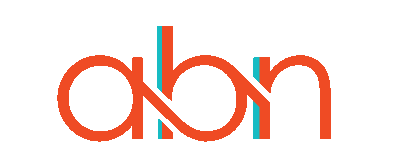Workforce Planning and Building Your Business
A core part of your company’s success is effective planning for your workforce. Workforce planning involves projecting your future workforce needs and then identifying the policies and systems that will let you meet those needs. Strategic workforce planning is essential for managing the direction of your company, whether you’re expanding, maintaining your current status, or downsizing.
What is Happening in Your Job Market?
Learning about the national and local job markets–and the factors that influence them–will help you develop your workforce plan. Key data points to watch include:
- The local unemployment rate: A large pool of highly skilled employees looking for work in your region may allow you to readily snap up great candidates for mid-and high-level positions.
- Community demographics: College graduates coming into the market in your area may be able to fill entry-level slots.
- Competitors: To attract the best candidates, be aware of your competition, and offer compensation and benefits packages in line with your industry.
- Social, technological, and economic trends: These forces can also influence your workforce planning. A recession, for example, may allow you to attract highly skilled employees with ease. A booming economy, on the other hand, may make it difficult to find the right candidate, and increase the importance of retaining your valued employees.
- Political and legislative trends: Changes in federal, state, or local laws may have a positive or negative effect on your industry, your hiring ability, or the kinds of benefits you’re able to offer your employees.
Sources such as the U.S. Department of Labor, the U.S. Bureau of Labor Statistics, employer associations, local and national news reports, and competitors’ annual reports are good places to look for the information described above.

